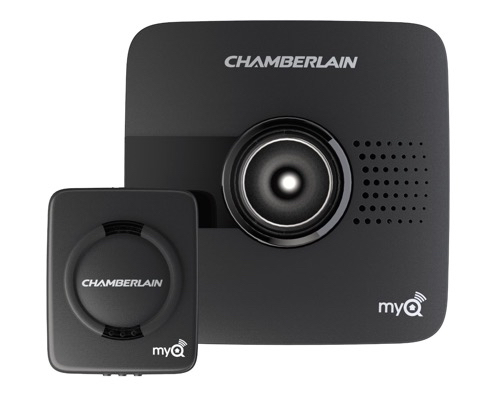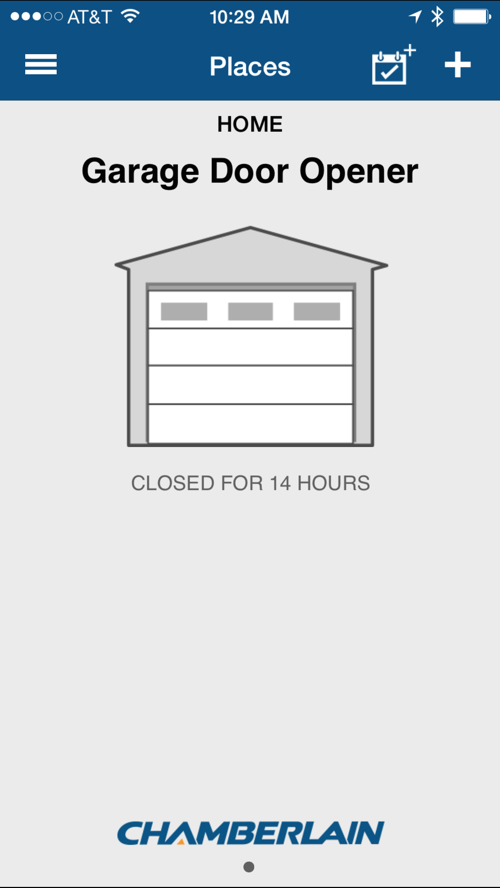Samplize - Paint samples made from real paint
Like many of you, we have started (and finished) some home improvement projects these past few months.
One of the most difficult things about home projects is paint. There are hundreds of thousands of paint colors. If you just take white as an example, there are DOZENS of white paints. And when you look online, can you really tell the difference?
You can order paint chips - colors that are printed on a piece of paper. Let me tell you - these are mostly worthless.
The tried and true way of picking paint is to pick a few colors you like and then getting a small quantity of paint and then painting your walls in squares to compare them.
You really need to see paint in the natural light of your rooms. In daylight and also under the effects of your light bulbs which can totally impact the way your paint color looks.
Well, my sister told me about this amazing website called Samplize. They send you a 12” square of actual paint on the same substrate of paper your sheetrock is made from. They come on contact paper so you can stick them on your wall and leave them there for as long as you like. When the time comes you can just peel them off.
This has to be the single best way to evaluate paint colors. So next time you want white paint and are choosing between Decorator White, Simply White, Chantilly Lace, White Dove, etc (just take a look at this article).
Here is my daughter’s room when she was deciding on a green color for her accent wall.
File this away and use this as a handy reference in the future for selecting your next paint colors.
Read More




